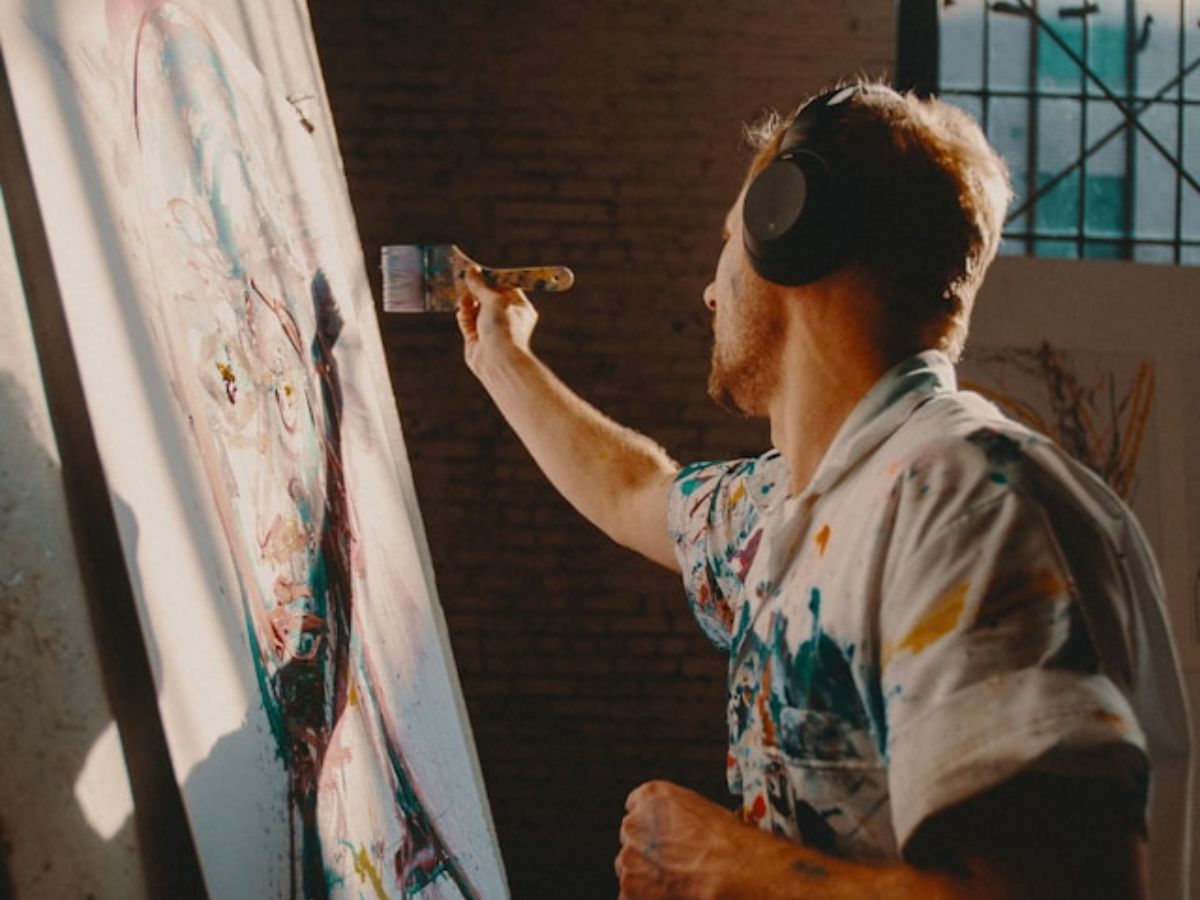
Achieving Financial Security through Art: 4 Key Strategies
As an artist, achieving financial security without relying on side jobs may seem challenging, but there are practical and effective strategies to make it possible. By diversifying income sources, managing finances carefully, and building a strong professional network, artists can pave the way to a sustainable career focused solely on their art.
1. Diversify Income Streams
Many artists find success by diversifying their revenue sources through prints, commissions, teaching, and licensing work. Offering prints, for example, allows artists to reach a broader audience at more accessible price points, helping build a loyal customer base.
Visual artist like Njideka Akunyili Crosby maintain consistent demand by diversifying her offerings and partnering with galleries for wider reach. Famous for her layered compositions, her work has been held in several museum collections including the Baltimore Museum of Art; National Museum of African Arts, Washington, DC; and Zeitz Museum of Contemporary Art Africa, Cape Town.
Teaching workshops or online courses not only provides additional revenue but also builds recognition within the art community, reinforcing the artist’s brand and credibility.

2. Plan and Manage Finances
Learn steps to effective financial management because it’s essential for sustaining an art career. Experts recommend artists build savings to handle market fluctuations and invest in retirement funds such as a Roth IRA, which enables them to secure long-term financial stability. Creating an emergency fund to cover at least six months of expenses is a common strategy suggested by financial advisors.
Gallerist Wendi Norris, for example, emphasizes the importance of paying off debt and saving as soon as possible to prevent financial stress. This step-by-step approach to managing income and expenses can help artists maintain a steady foundation and avoid the need for supplementary income.
3. Leverage Grants, Residencies, and Patrons
Grants and residencies provide both financial support and professional development opportunities. These allow artists to focus on their craft while receiving income and access to materials, studio space, or mentorship.
Some artists also establish relationships with patrons or collectors who support their work. Not only does this create financial stability, but it also builds a strong reputation in the art world, enhancing marketability.

4. Build a Strong Online Presence
Building an online portfolio and maintaining an active social media presence is important for connecting with potential buyers and collectors. A well-curated online presence serves as a platform to showcase work, share the artist’s story, and attract clients worldwide.
Don’t forget to attend art events and network with other professionals to expand connections within the industry, leading to future sales or collaborations.
By focusing on these strategies, artists can work toward financial independence without the need to supplement their income with unrelated side jobs, allowing them to dedicate their time fully to their craft.